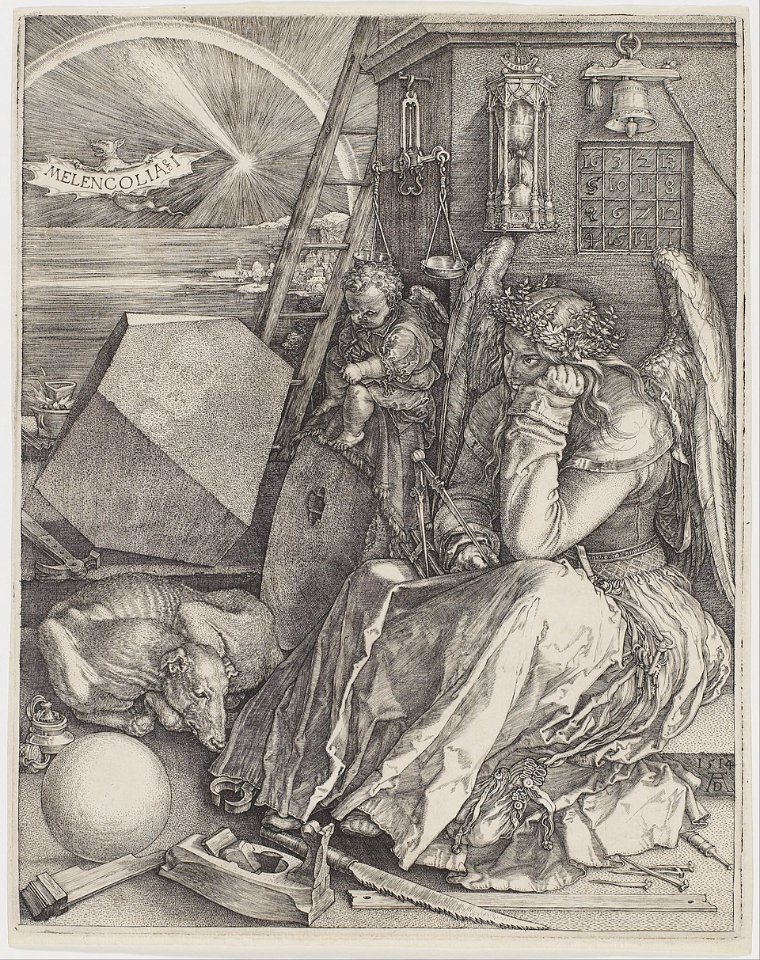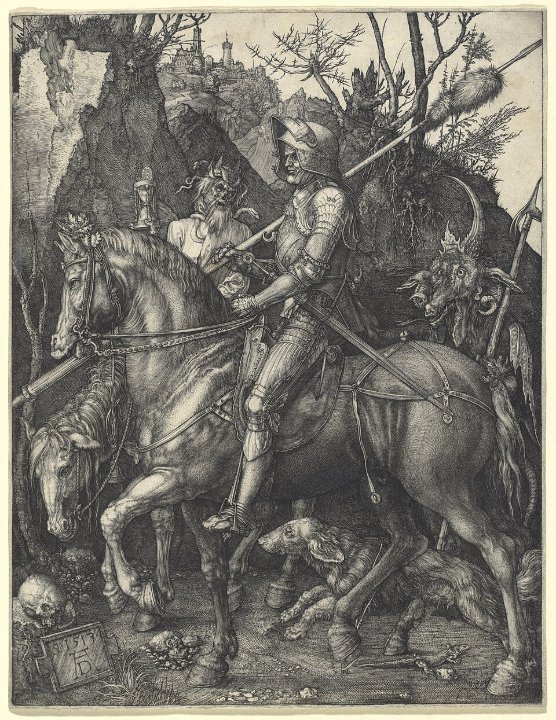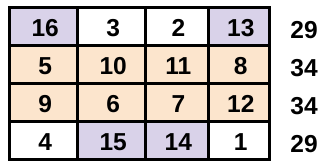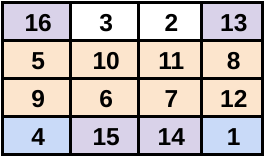Saucy Jacky
Whitechapel Murders
TIMETABLE: MAGIC SQUARES

Melencolia I by A Durer
Melencolia I is a large 1514 engraving by the German Renaissance artist Albrecht Dürer. The enigmatic engraving is one of the most famous surviving old master prints, yet despite the best efforts of art historians, its meaning is elusive.
Some art historians suggest that Dürer associated melancholia with the creative process and claim that the winged woman is a Muse, waiting for inspiration while fearing it may never come. Other commentators interpret the figure as contemplating the nature of beauty or the significance of artistic creativity in the context of rationalism. Another view is that the work is intentionally obscure, emphasising the limitations of allegorical or symbolic art.
None of this twaddle is correct. Durer bases three prints – Melencolia I, Knight, Death and Devil, and St Gerome in His Study – on parts of the Book of Revelation, particularly Chapter 6, verse 8 and Chapter 20, verses 4-10:-
‘I looked, and there before me was a pale horse! Its rider was named Death, and Hades was following close behind him. They were given power over a fourth of the earth to kill by sword, famine and plague, and by the wild beasts of the earth.’ Revelation 6:8
‘4 Then I saw thrones. Those who were sitting there were given the power to judge. I saw the souls of those who had been killed because they told about Jesus and preached the Word of God. They had not worshipped the wild animal or his false god. They had not received his mark on their foreheads or hands. They lived again and were leaders along with Christ for 1,000 years. 5 The rest of the dead did not come to life again until the 1,000 years were finished. This is the first time many people are raised from the dead at the same time. 6 Those who are raised from the dead during this first time are happy and holy. The second death has no power over them. They will be religious leaders of God and of Christ. They will be leaders with Him for 1,000 years.7 When the 1,000 years are finished, Satan will be free to leave his prison. 8 He will go out and fool the nations who are over all the world. They are Gog and Magog. He will gather them all together for war. There will be as many as the sand along the sea-shore. 9 They will spread out over the earth and all around the place where God’s people are and around the city that is loved. Fire will come down from God out of heaven and destroy them. 10 Then the devil who fooled them will be thrown into the lake of fire burning with sulphur. The wild animal and the false preacher are already there. They will all be punished day and night forever.’ Revelation 20:4-10.
Millennialism is a belief in a coming “golden age” or Messianic Kingdom before the Last Judgment and is associated with the Second Coming of Christ. This period is often described as a thousand-year reign of peace and righteousness on Earth.
Millennialism can be either Premillennialism or Postmillennialism.
Premillennialism is a belief that the Second Coming of Jesus will occur before the Millennium commences, and that Christ, with the help of the righteous, reigns over the kingdom. Postmillennialists, on the other hand, expect a thousand years of righteousness, peace, and prosperity before Christ’s return. Postmillennialists expect the righteous to rule the messianic kingdom.
Durer’s engravings reflect postmillennialism beliefs, and are heavily influenced by Revelation 6:8. In the Knight Death and Devil (see below), Death is riding a horse ( the pale rider of Revelation 6:8). At the same time, the Devil (Hades) follows close behind. The knight is probably a symbolic representation of the messianic kingdom. Durer included St Gerome because he amended Revelation 6:8 by substituting ‘the four parts of the earth’ for ‘a fourth part of the earth’.
The key to the painting lies in the sun and the rainbow. After the rain ceased and the flood waters receded, Noah’s task was to rebuild society. Melancolia I refers to the period before the start of the millennial kingdom. The angel and the cherub are melancholy because humanity waits until just before the start of the new ‘golden age’ to build a righteous society. The tools symbolise humanity’s efforts to create this just society.
The scales, the hourglass and the magic square refer to the societal transformation and the beginning of the golden age.


Knight, Death and Devil
The Four Horsemen of the Apocalypse
A magic square is a square grid filled with numbers where the sum of each row, column, and diagonal is the same. This sum is called the magic constant. Two instances of the 4×4 magic square used in Melancolia I are shown below. The squares use the numbers 1 through 16, with each appearing only once. The squares generate a magic constant of 34.


4X4 MAGIC SQUARE - 58 AND 68
4X4 MAGIC SQUARE - 584 AND 681
text

Great Seal of the United States (Reverse) By Ipankonin - Own work
text
The Freemason's Square
text


Talk to us
Have any questions, observations or suggestions? We would love to hear from you.